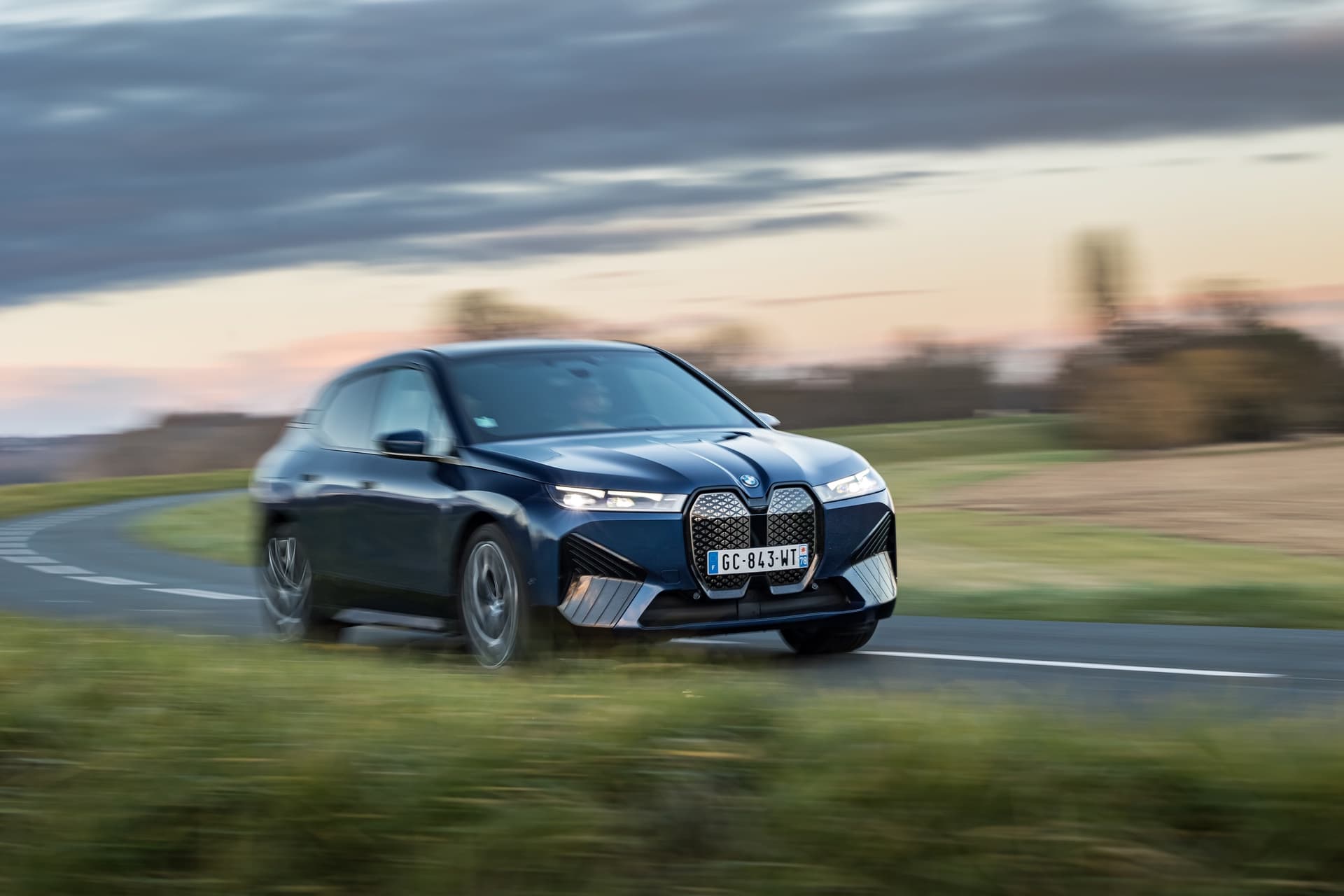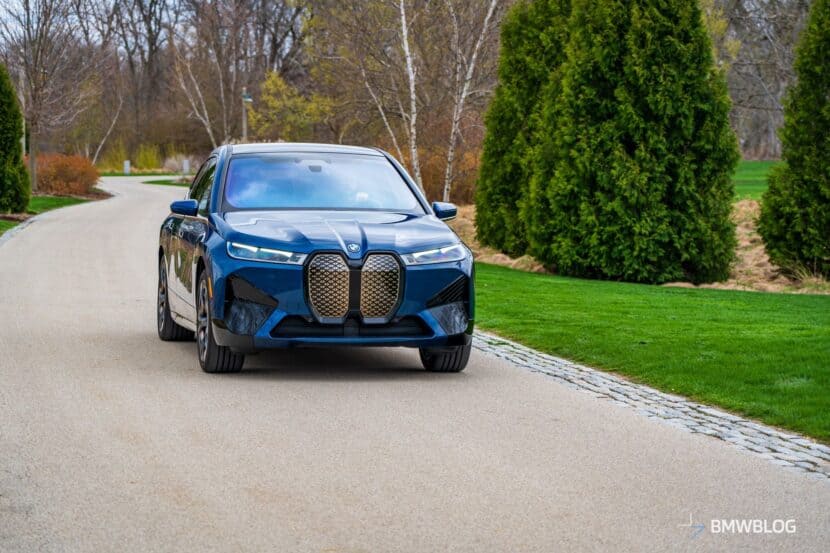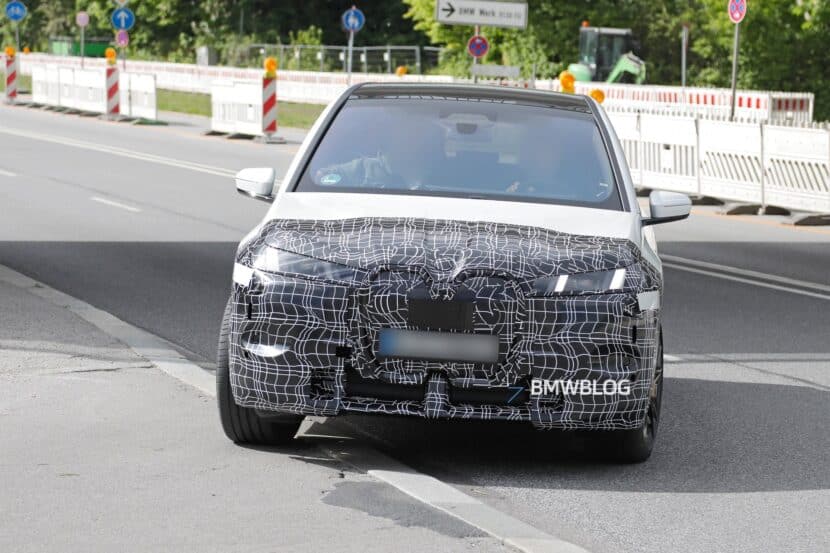After months of rumors, BMW finally confirmed plans for an iX M60 earlier this month when it announced the high-performance electric SUV is heading to CES in Las Vegas. Technical specifications were not disclosed at that point, but we all assumed it would easily outpunch the xDrive50 with its 516 horsepower good for a sprint to 62 mph (100 km/h) in 4.6 seconds or 4.4s for the 0 to 60 mph (96 km/h) run.
It looks like we won’t have to wait until January 2022 to discover the technical specifications as a new report from Automotive News Europe aims to shed light on what the iX M60 will bring to the table. The reputable publication mentions the flagship version is allegedly going to pack a healthy 611 hp or 95 hp more than the xDrive50. The rumor was not confirmed by BMW at this point, but there were previous reports that a 600+ hp is likely to show up in the top iX model.
The added electric muscle will apparently shave off seven-tenths of a second from the sprint to 62 mph (100 km/h), which will take only 3.9 seconds to perfectly match the i4 M50. Much like it’s the case with the electric gran tourer in US specification, the 0 to 60 mph (96 km/h) should take as little as 3.7 seconds.

A torque figure was not mentioned by ANE, but it’s safe to say it will be higher than the already generous 765 Newton-meter (564 pound-feet) of the iX xDrive50. The same report does mention the spicy M60 will have a maximum range of 357 miles (575 kilometers) – a figure likely calculated based on the WLTP cycle.
For the sake of comparison, the xDrive40 is rated at up to 264 miles (425 km) per WLTP while the xDrive50 can cover as much as 391 miles (630 km). The latter does so by upgrading from a 76.6-kWh battery to a larger 111.5-kWh pack. Logic tells us the M60 will have the bigger battery as well, along with dual motors and all-wheel drive as the two lesser trim levels.
Even though there’s no word about pricing, BMW’s second electric M car after the i4 M50 will command a significant premium over the iX xDrive50. The latter retails from €100,000 in Germany and is going to set you back at least $83,200 in the US.
[Source: Automotive News Europe]





































































